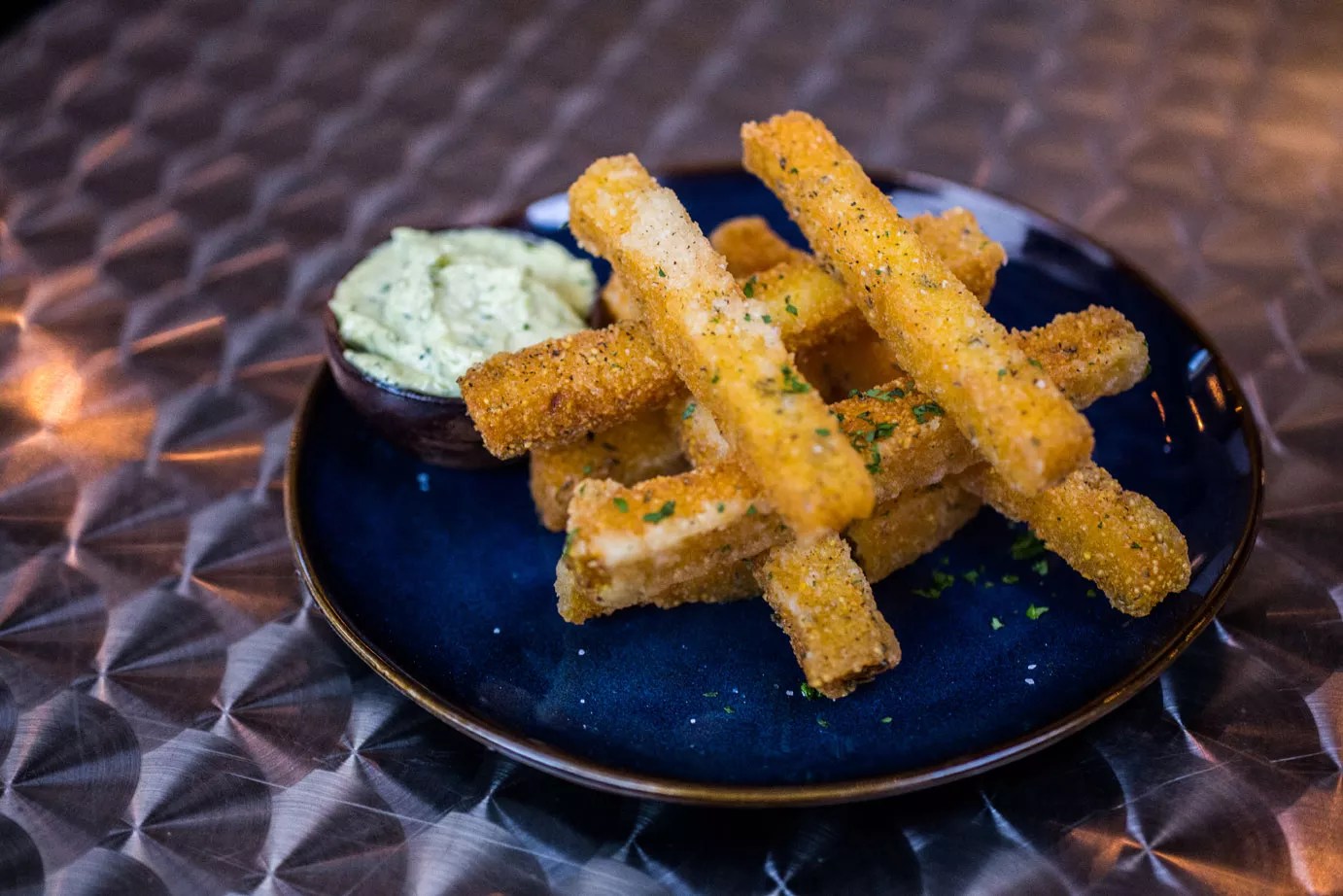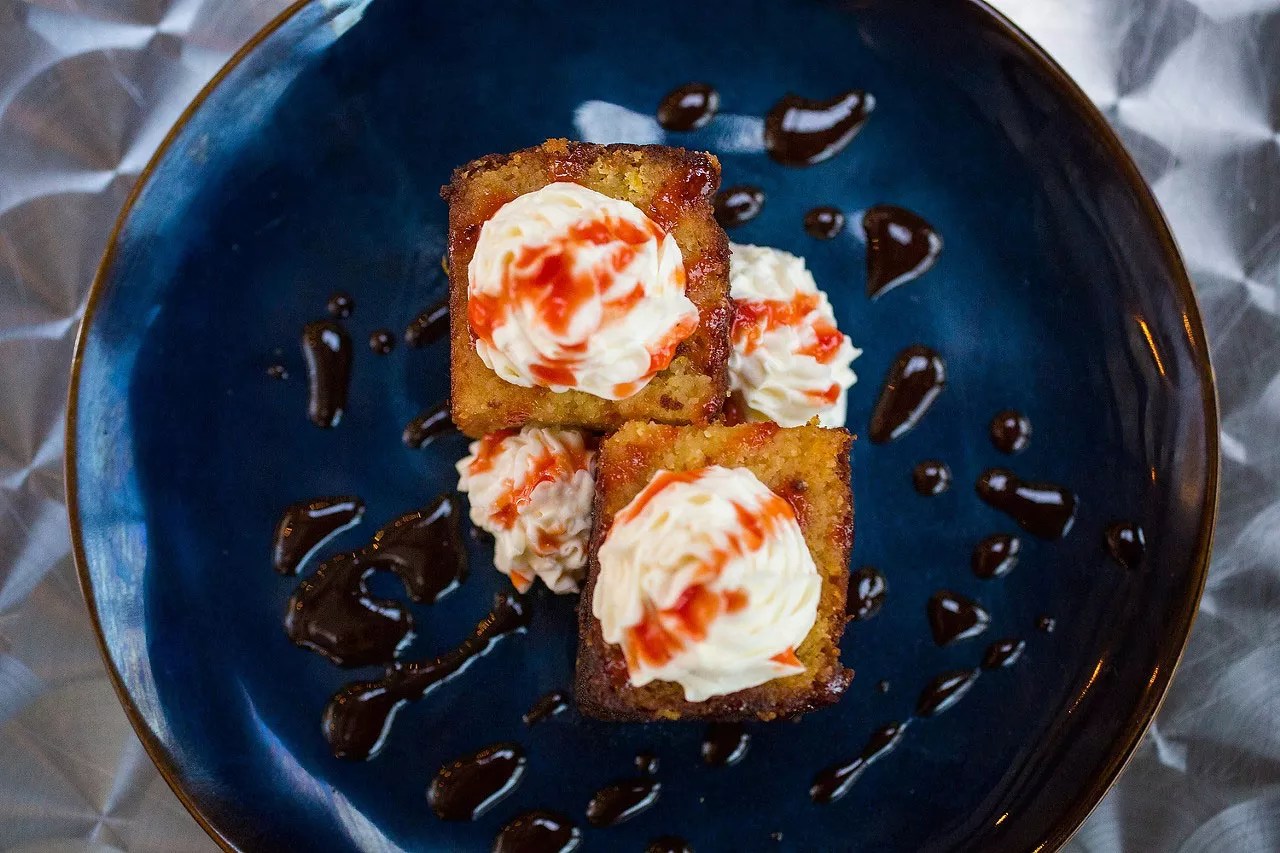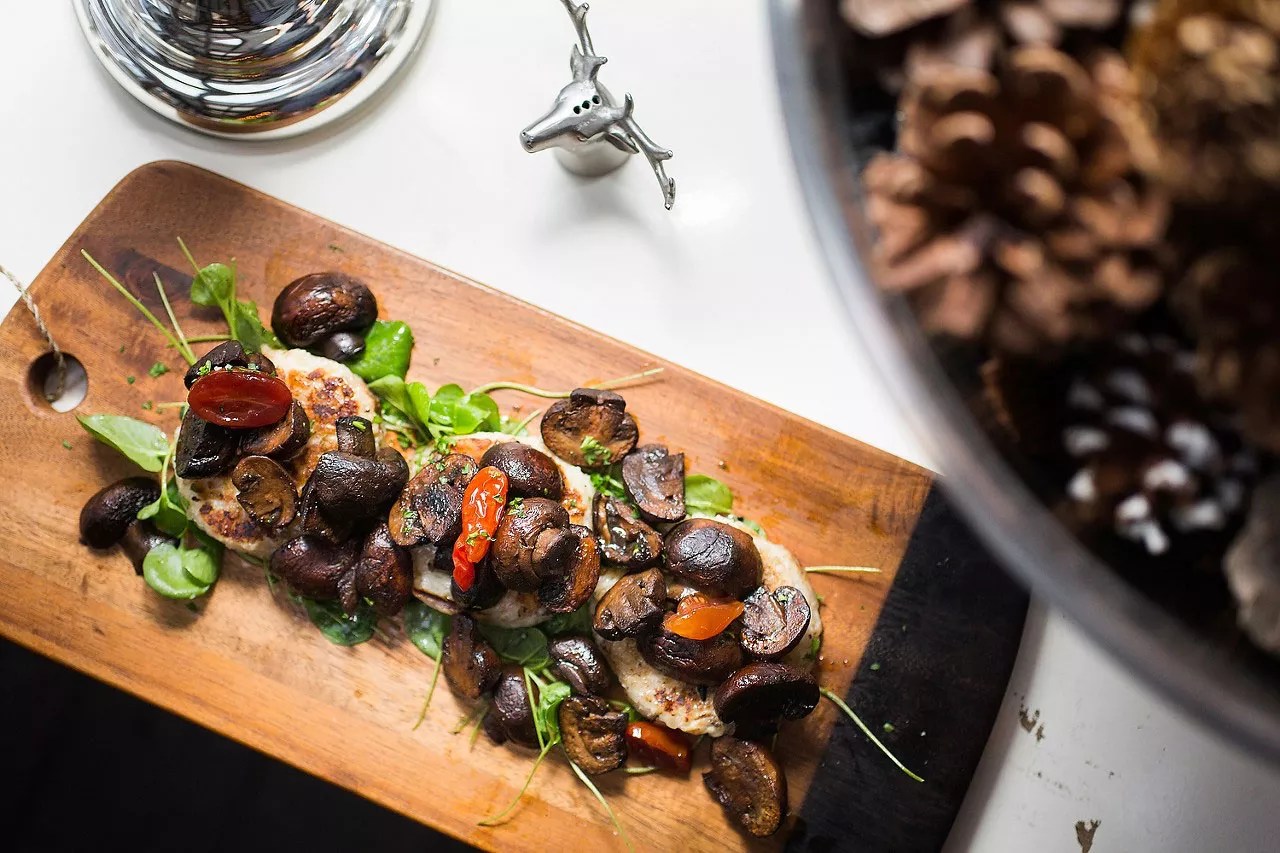
Danielle Lirette

Audio By Carbonatix
A generation ago, wine was the only drink any civilized person would dare pair with a serious meal. Today, wine is mostly what you order at weddings and work events when there isn’t an open bar. That’s an exaggeration, of course, but consider this: As our culture has veered increasingly casual, cocktails have become superstars, served at the hands of cooler-than-thou bartenders who make their own bitters and chip their own ice. Craft beers have become equally hip, with funky labels, plenty of personality and cicerones steering you to sophisticated food pairings. Meanwhile, wines – and wine lists, in particular – have remained as stodgy and intimidating as ever.
On the bright side, wine is ripe for a turnaround. Some oenophiles have tried to set one in motion, injecting a sense of girls-night-out fun into automat-style wine bars with a hundred open bottles preserved by argon gas. But not everyone has the deep pockets to launch that kind of operation. Chris Fehlinger and Jon Lipshutz have taken another tack with Clyde, which opened last fall in the former Capitol Hill home of Le Central.
Longtime New Yorkers who came to Denver via Los Angeles and Santa Fe, the two have worked hard to make their concept feel fresh. They’ve slapped white paint on the walls and added silver chairs for a contemporary look. They’ve kept artwork to a minimum, currently eschewing anything French and kitschy for small clusters of abstract photographs. They’ve curated a ten-page wine list, with the majority of bottles hovering in the $30 to $40 range and only a dozen or so cracking three digits. And they’ve been flexible, expanding their core concept to fit the warren they leased. As Fehlinger explains, “When we took the space, it was way too big for my core concept of the wine bar.” To fill the rooms that meander up and down and in and out of sight, they’ve added a bar (shepherded by bar manager David Iraheta, with experience at New York’s Milk & Honey), a semi-private party room for large-format or Á la carte dining, and a design shop selling chairs, clocks and barware. A speakeasy is in the works, as is an outdoor pizza oven.

Le Central was transformed into Clyde.
Danielle Lirette
At heart, though, Clyde remains a wine bar, and it falls into the same traps as wine bars of old – making it a friendly neighborhood spot but not the destination the owners envisioned, and certainly not the game-changer that might usher in wine’s new heyday.
Servers are convivial, if not downright peppy. They attentively fill water, replace utensils and check in to see how first bites are tasting (their words, not mine). Fehlinger is to thank for that, having learned hospitality from the best, working in the front of the house at Babbo, Tar & Roses, Coyote Cafe and Danny Meyer’s Union Square Cafe. If only this friendliness carried over to the wine list. Where are the tasting notes, increasingly common elsewhere, to steer you to one malbec or sauvignon blanc over another? What makes one bottle worth $44 and another $140? Wines are listed the traditional way, by producer, appellation and vintage, with none of the nuanced descriptions – gooseberry, mineral, lime, etc. – that might shed light on what’s inside. Without such notes, you’re left asking servers for advice. But how helpful is it to hear that both reds by the glass you’re considering are earthy? If they’re so similar, why are they both on the WBTG list?
Nor can you afford to experiment until you find the bottle you want. Rather than having a substantial list of wines by the glass, Clyde offers three reds, three whites and one sparkling. There are no flights, no publicized half-pours, nothing that would break the list into manageable parts and address wine’s fundamental flaw: lack of approachability. Restaurateurs have made the pivot, offering small plates that jibe with how people want to eat today. Why should we commit to a bottle of wine when we’re not even required to commit to an entree?

Lemon cake at Clyde.
Danielle Lirette
Speaking of entrees, they taste a lot better when they’re part of the $25 prix fixe supper on Sundays and Mondays, when three courses are offered for roughly the same price as a main. When you’re getting a deal, it’s easier to go with the flow, scraping off an overly salty Chinese five-spice sauce to enjoy the tender pork loin underneath. And you don’t mind rescuing the roast chicken from its equally salty demi-glace. But it’s not so fun to pay $25 for an Á la carte hanger steak when the meat isn’t cooked to the requested temperature and is thrown on a plate with French fries and fat onion rings that could double as fast-food fare. (The steak is no longer on the menu.)
I’ve lived in capital cities where neighborhood haunts were my go-to, with food that was a few notches down from the top but where ambience and convenience made up for it. Clyde could be that place, if only the kitchen worked with more precision. The menu, designed by executive chef Vic Arreola, has a nice flow to it, with wine-friendly small plates, a handful of seasonal, vegetable-based sides, and simple mains with slightly offbeat accents. Hummus made of house-smoked chickpeas is blended with paprika and served with taro chips. Carrots are tinged with brown butter and ginger. Meatballs, offered one night as an add-on to the prix fixe menu, were bathed in sundried-tomato-and-basil butter. Polenta fries, thickly cut and stacked like Lincoln logs, make a smart start when dipped in garlic aioli.

Risotto cakes look better than they taste.
Danielle Lirette
But supporting elements have a way of talking boldly and overstaying their welcome. This is especially noticeable because Clyde itself is fairly subtle, with couples talking softly in the dining areas and rowdier folks far off in the bar. Salt was widely overused. The hummus would have been enchanting with half the smokiness. Ditto the polenta alongside the chicken, which was overly smoky with smoked paprika.
Other dishes showed an equal lack of finesse. Risotto cakes with watercress, tomato gastrique and mushrooms looked lovely, but the discs were more gummy than cakey and fell apart when scooped off the platter. Peppadew vinaigrette clashed with the sweetness of apple slices on a salad of local greens. Unfrosted lemon cake could’ve used frosting to cover up the brown, dried-out edges. Bourbon-butter sauce with ginger-molasses cake was congealed and grainy. And the winter-vegetable gratin looked like something my college cafeteria used to serve: The brown, seemingly creamless stack of beets, turnips and parsnips was covered not with crispy breadcrumbs, but with overlapping slices of cheese.
The current iteration of Clyde isn’t going to kick-start a new era for wine bars. Right now, it needs tweaks just to do justice to its core concept.
Clyde
112 Eighth Avenue
303-861-4112
milehighclyde.com
Hours: 4-10 p.m. Monday-Tuesday, 11 a.m.-11 p.m. Wednesday-Saturday, 11 a.m.-10 p.m. SundayPolenta fries $8
Smoked hummus $12
Meatballs $12
Risotto cakes $18
Roast chicken breast $21
Roasted pork loin $23
Winter-vegetable gratin $10
Ginger-molasses cake $8
Lemon cake $8